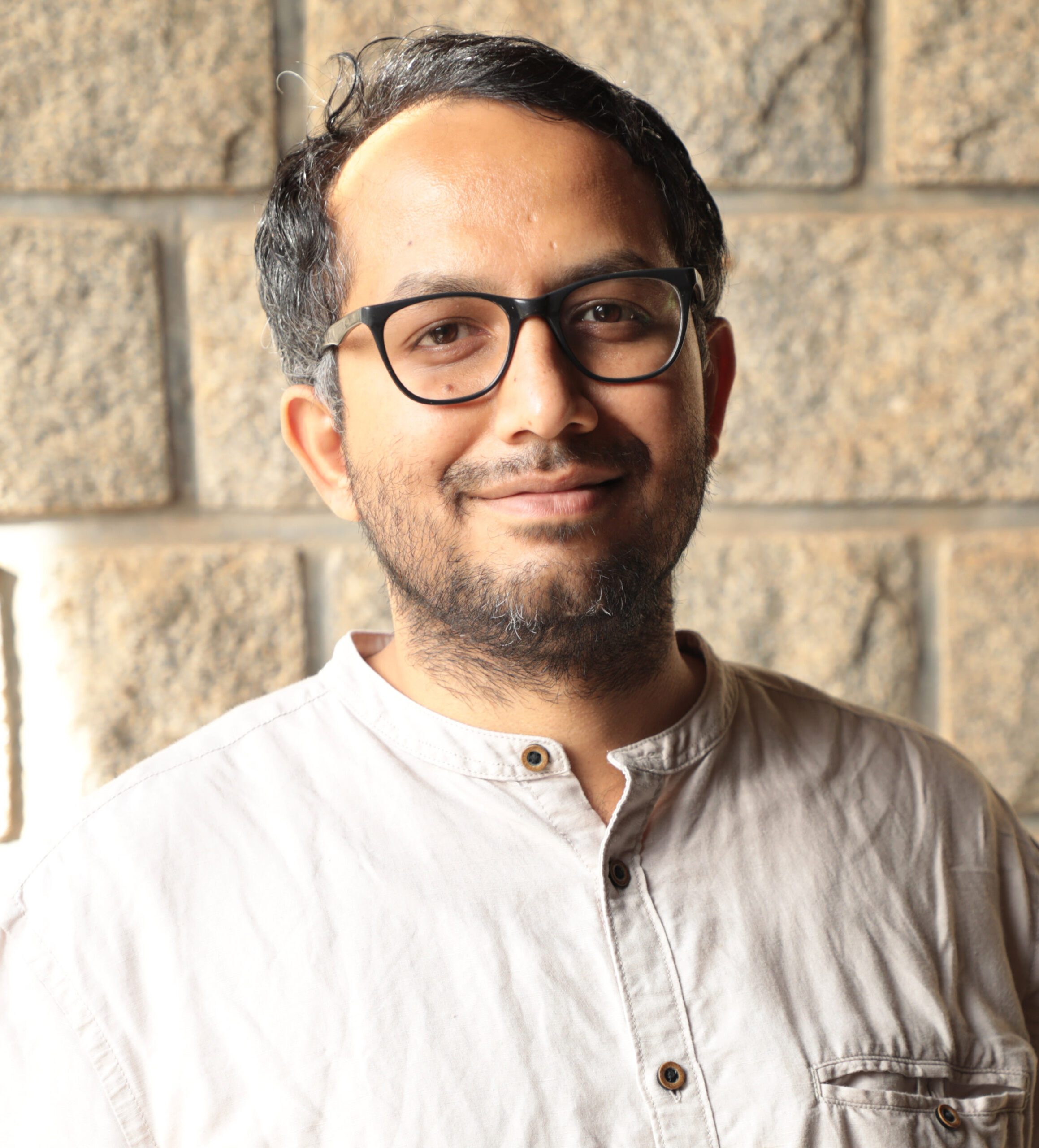
Each year, the Mittal Institute welcomes a new Raghunathan Family Fellow to support recent PhDs whose research lies in the humanities and social sciences related to South Asia. Naveen Bharathi, the Mittal Institute’s 2019-20 Raghunathan Family Fellow, comes to Harvard with a breadth of experience as an architect, planner, and researcher of political sociology in India. Most particularly, his research explores the relationship between ethnic diversity and development in contemporary urban India.
On Thursday, November 21, Bharathi will give a talk on one of the central conundrums in Indian urbanism: the persistence of caste segregation across the country, and across cities of varying sizes. We sat down with Bharathi ahead of his talk to learn more about his research, the implications of residential segregation in India, and what he will study during his time at the Mittal Institute.
Can you tell us a little about your research and your background?
I call myself a political sociologist, and I broadly explore the relationship between ethnic diversity and development in Indian context. The different axes of diversity within the Indian context that I study include caste, religion, class, and language. India is a very complicated and diverse country, so we see these diverse factors arise that influence the division of public goods and economic development. I also work on residential segregation of Dalits and Muslims in urban India — a topic that hasn’t received much attention in academia.
How does your experience as an architect and planner influence your research now?
I worked as an architect and planner, and worked on a few urban planning projects in Bhutan. The office I worked with did the master plan for the Supreme Court of Bhutan, the High Court of Bhutan, and the Parliament Office in Bhutan. In a way, this work made me interested in the politics of planning and political economy and planning per se — but I also was interested in how people become part of the planning process.
I became more interested in the sociology of the planning process. I shifted from architecture and planning to public policy, completing my PhD in Public Policy, focusing on ethnic politics and how it influences public policy — not exactly planning in a larger urban planning sense, but considering how diversity or ethnic politics influence economic outcomes.
In your opinion, what are the implications of residential segregation for urban planning and policy?
For any urban planner, residential segregation is the elephant in the room that needs to be addressed. There are extensive studies on segregation of African Americans and other ethnic groups in US cities. But the same is not true of Indian cities, with respect to Dalits and Muslims. A study by Harvard Economist Raj Chetty and his team shows that the neighborhood where one grows up has a major impact on their lifetime earnings and success later in life. Residential segregation aggravates the existing socio-economic inequality. Neighborhoods shape the lives of the children and the youth. When people live in segregated neighborhoods, they don’t tend to learn about other cultures. Often, you try to demonize the “other” — such as with Muslims and Dalits in India.
Dalits have been historically living outside the main settlements. Even today in villages, Dalit bastis are outside the village proper. In urban India, slums are mainly composed of Dalits and Muslims. Given this scenario, policymakers and planners must take the issue of residential segregation in urban India more seriously.
How do you think this affects the larger social fabric in India?
It definitely affects the social fabric. When I was growing up, I never had a Muslim classmate or teacher. When you don’t have people of different communities living together, how do you understand other communities? Seeds of enmity are sown very early on, in young minds. Diversity — either in a classroom or in a neighborhood — will broaden one’s understanding of the society and, in the long-term, understanding of oneself.
What are you hoping to accomplish while you’re a Raghunathan Family Fellow at the Mittal Institute?
I’m studying urban segregation and residential segregation during my time here, and also considering how caste and class overlap in an urban setting. I will also explore if urbanization is really a solution for breaking caste and religious barriers, though my current research seems to contradict that. ☆
——
Click here to learn more about Bharathi’s upcoming talk, Fractal Urbanization: Spatial Segregation in Liberalizing India.
☆ All opinions expressed by our interview subjects are their own and do not reflect the views of the Mittal Institute and its staff.
